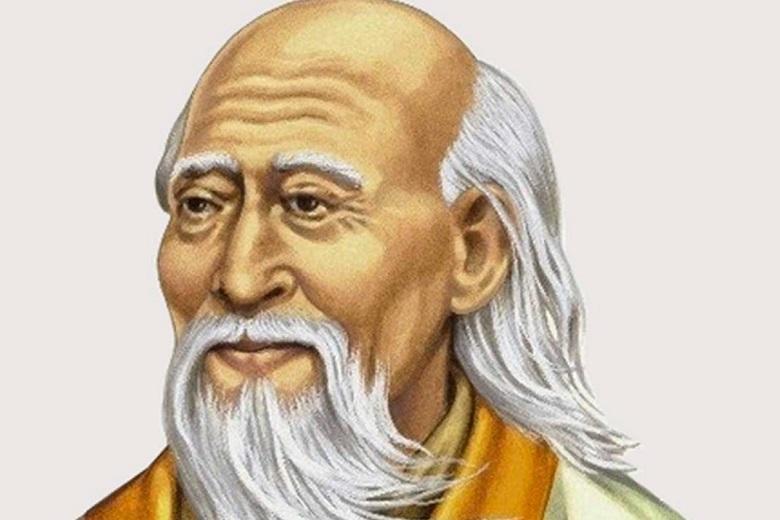History makes fun of people at times. Lack of reliable information about the heroes of ancient story and the habit of ancient chroniclers to repeat, these legends gave rise to many pseudo-historical personalities who look “just like real”. Modern popular culture has completed this process by adding purely human features to them and making them the principal works of art.
Unfortunately, whether King Arthur, Robin Hood and many other popular heroes existed remains controversial today.
1. Lao Tzu

The famous ancient Chinese philosopher left behind a compelling cultural heritage, becoming the founder of Taoism. In most Taoist schools’ religious and philosophical teachings, Lao Tzu is traditionally revered as a deity.
However, the existence of this very figure has recently raised doubts among scientists. It is believed that a group of philosophers may have worked under this pseudonym.
2. Wilhelm Tell
This medieval character, who became the national hero of Switzerland, has long been considered a historical figure. Still, recent research suggests that this image may have been collected from ancient local history and ancient myths.
A father who does not spare his son for the sake of a common cause is found in many histories. Although, it is possible that a bright episode with an apple on his head really happened at one time and was then overgrown with details in numerous oral retellings.
3. Robin the Hood
Another famous archer is most likely just a hero of folk ballads. The fact is that in the XII century in England, the term Robin hood was used to denote any robbers. Accordingly, a little play on words and people’s imagination turned this hypothetical bandit into the justest and generous, the defender of the weak and the thunderstorm of the rich.
Therefore, even though this name is found in historical documents, it most likely refers to different people who had problems with the law.
4. King Arthur
In this case, historians have never concealed their doubts. In addition to history, which became the basis for many literary works, the existence of the legendary king is not confirmed by other sources.
However, the image of medieval knightly democracy turned out to be very attractive and in demand in the 20th century. Today, for most young people who grew up on films about the Knights of the Round Table, doubts about the historical reliability of the images of King Arthur, Lancelot and Queen Guinevere will seem simply blasphemous.
It is possible that one of the prototypes of this hero was the leader of the Britons who lived in the 5-6th century, Ambrose Aurelian. His merits and victories partially coincide with the legendary Arthur, although there is no talk of any magic swords and round tables in the annals.
5. Mulan
Another ancient heroine, now Chinese, became incredibly popular first in the 6th century – it was then that the “Song of Mulan” was written, and then, already in our time, thanks to the beautiful creation of Disney animators.
Of course, when it comes to such ancient times, it is challenging to identify the characters. In addition to “Song”, other documents about a brave girl who went to war instead of an elderly father have not survived, so her actual existence can be questioned. However, a crater on Venus is named after Mulan, and she is becoming a fashionable idol for many movements.
So, for example, the Chinese heroine became the mascot of the women’s world football championship because these athletes who, like no one else, have to meet with the negative – what women can do and where they should not go.
6. Jack, the ripper
The image of this maniac killer still serves faithfully to the creators of horror films. Its exploitation has already brought millions to screenwriters and directors. But the identity of the criminal himself remained a secret. A series of similar murders swept across London in the 19th century was attributed to one person, but whether this was so – has not exactly turned out.
Most often, the girls of easy virtue from the East End became its victims. The lousy name “Jack the Ripper” came into use after the editor of a London newspaper received a letter, allegedly from the killer himself.
Today, however, this “document” is considered a fake, drawn up by newspapermen to stir up hype around the case. Since the maniac was not found, the story, of course, became the topic for the most incredible speculation – at one time, even Vincent Van Gogh and Queen Victoria’s grandson Prince Albert were accused of brutal murders.
Today, researchers accept that many crimes were the work of not one person but several. So a sinister maniac with a sonorous name may not have existed.
In principle, the question of the reliability of famous historical figures can always raise doubts. The more distant the period is discussed, the more ambiguities may arise. At different times, various researchers had questions about the reality of many famous people: Homer, Confucius, the Prophet Muhammad, William Shakespeare, King David, and of course, Jesus Christ. The latter personality is just a stumbling block and an inexhaustible source of controversy.
